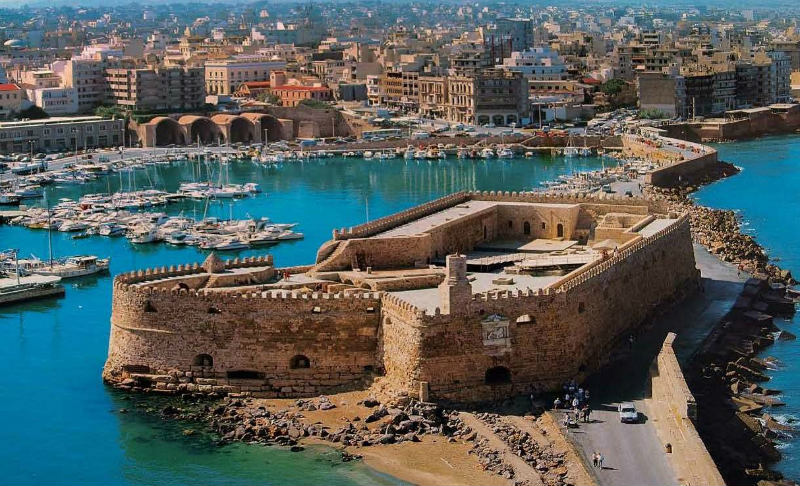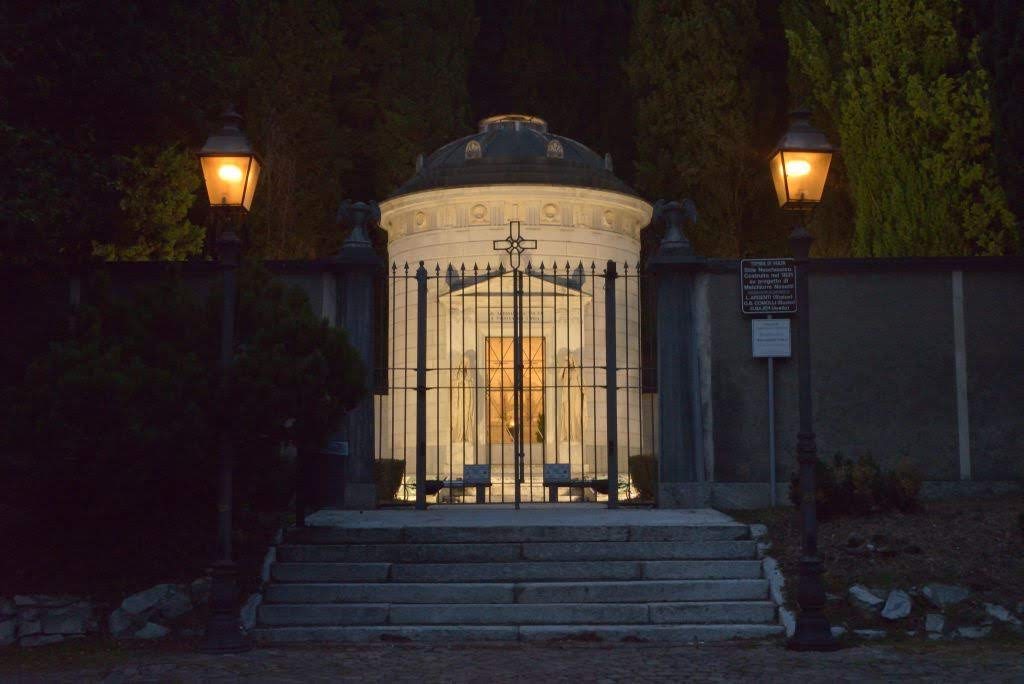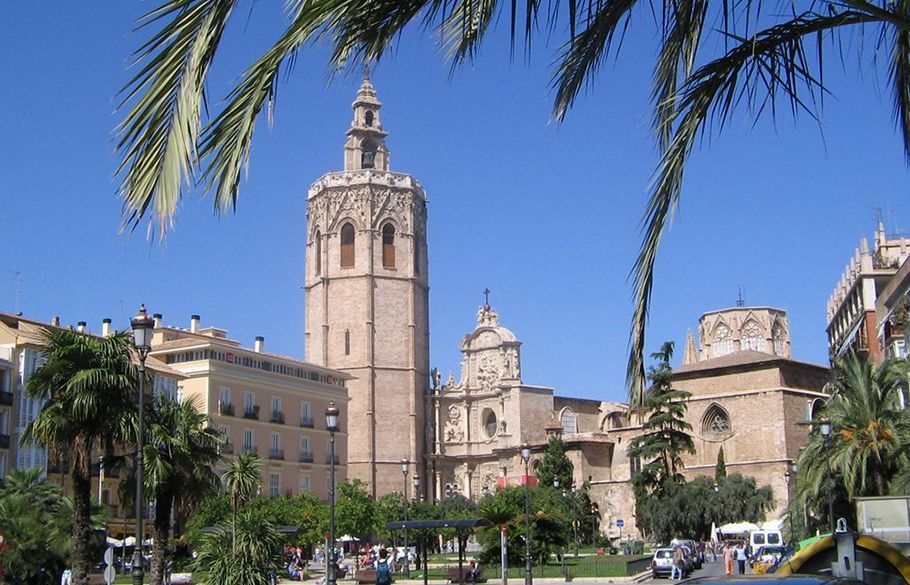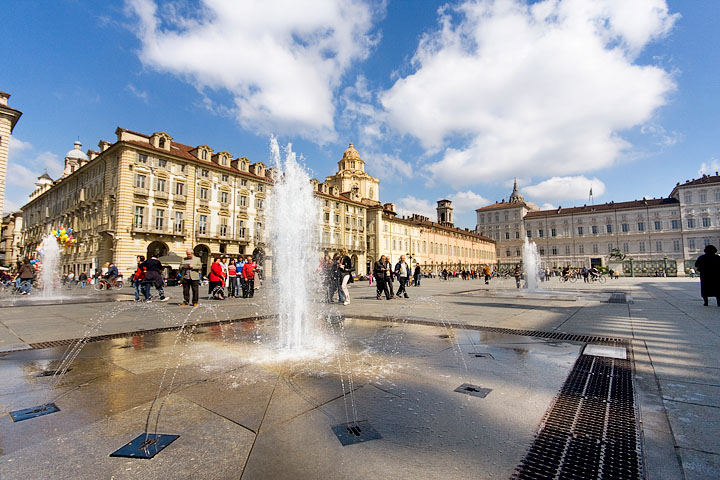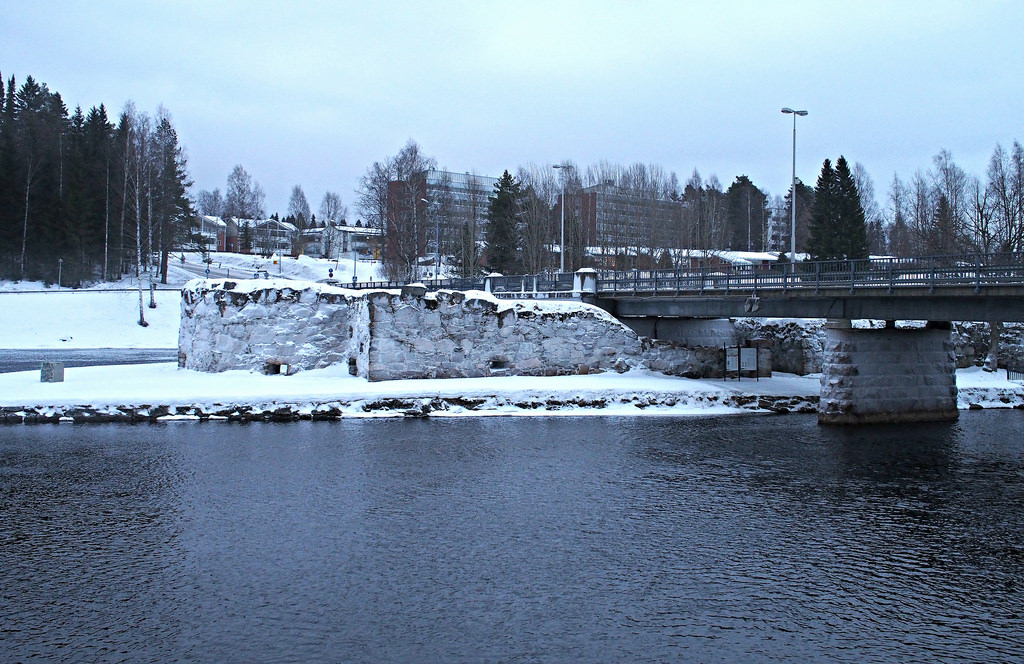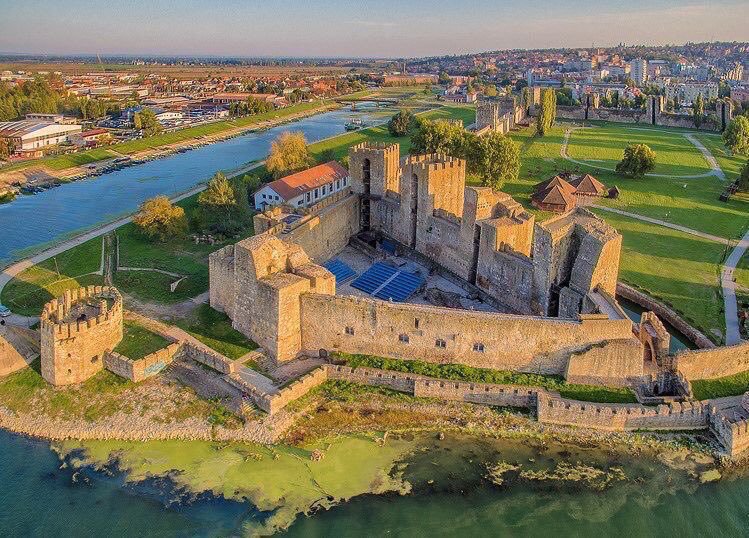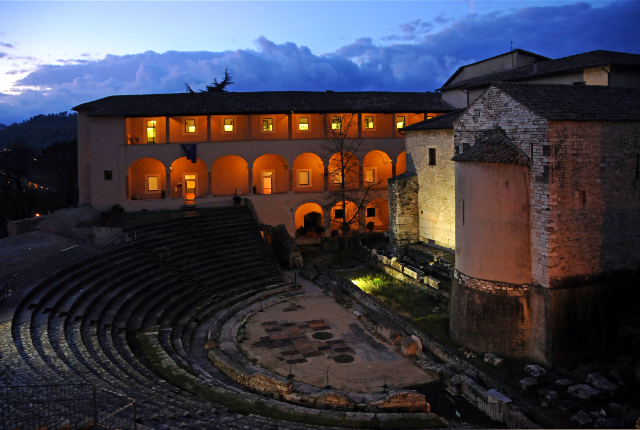Heraklion is the capital of Crete, in Greek "Ηράκλειον", "Candia" or "Herakleion" depending on the transliteration. It is the most populous city in Crete with almost 140 thousand inhabitants and covers an area of 120 square meters.
The history of Heraklion is very old and according to ancient legends it was already an important port of call in Minoan times. The exact evidence of the existence of this charming town dates back to around 824 B.C. when the Arabs occupied Crete and a flourishing period began for the city. It was under the Arabs that Heraklion became the place where all the rebels excluded from the Muslim Kingdom of Cordoba in Spain ended up. These Arabs in Greece threatened the Byzantine Empire until General Nicephorus II Phocas organized a forceful response with his army.
Crete came under Byzantine rule in 961. In 1200 Heraklion was conquered by the Venetian Republic and the city was renamed Kandiye. It then enjoyed a flourishing commercial prosperity, it was also enriched architecturally, as evidenced by the remains of the monuments of the time and the remains of the Venetian walls.
Under Ottoman rule the city was a real fortress and only in 1889 did Crete gain independence and in 1913 it was united with Greece.
Particularly interesting is the Archaeological Museum of Heraklion, the only one in the world to house rich collections of the Minoan civilization coming mainly from Knossos, Phaestos and other majestic palaces, such as the "Disk of Phaestos", the statuette of the goddess of snakes, the rhytòn in the shape of a bull’s head, that of the "mieittori" and the well-known "acrobat".
Heraklion is also home to a number of churches, including the Church of St. Catherine which houses the Museum of Religious Art with the most prestigious collection of Cretan icons, the Basilica of St. Mark’s built by the Venetians in the 13th century and converted into a mosque by the Ottomans, a small church built by Dominican monks and the Church of St. Titus who, according to legend, converted the Cretan people to Christianity.
The symbol of Heraklion is the "Koulés", an imposing fortress, also called "Castello a Mare", which was erected to defend the port by the Venetians, as evidenced by the winged lions of Saint Mark that adorn its outer perimeter.
A curiosity: in the popular culture of Heraklion the use of the name "Candia" can be read in terms of Turkish nationalism and considered provocative towards the Greeks in reference to the Arabic expression "Rabad al-khandaq" which means "the suburb of the moat", referring to the little importance of the town and the island itself.
